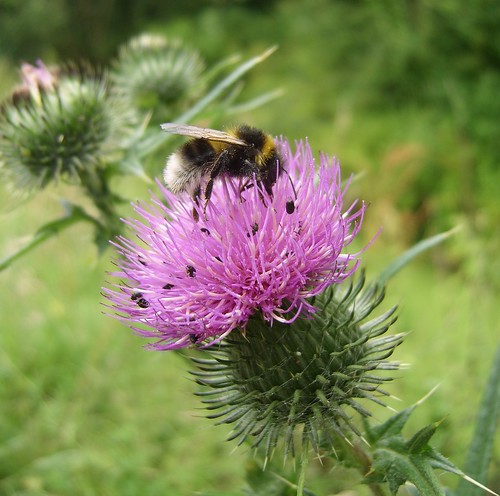June 2013
 |
March against Monsanto rally, San Francisco.
CC Photo by Steve Rhodes on Flickr |
Two rather momentous things happened in
May 2013.
The first involved Monsanto's decision
to discontinue its lobbying for more cultivation of GM crops in
Europe.
This announcement in itself wasn't
too surprising: other biotech giants such as Bayer CropScience, BASF
and Syngenta had already come to similar decisions, and the rising
concern about GM foods in America is probably enough to deal with
without tackling Europe at the same time. Monsanto is, instead,
content to concentrate on supplying GM animal feed which is much
bigger business, has largely escaped the dreaded labelling, and whose
end-consumers who are a lot less fussy about what they eat than
humans are.
The 'momentous' part of Monsanto's
decision is the reason given: its spokesman said
“The reason
is, among other things, low demand of the farmers”.
It's no
longer the environmentalists, greens, Luddites, idealists,
middle-classes, excessive regulation etc. previously being blamed:
it's the farmers themselves.
Monsanto's announcement came just after
the first momentous event. This was a world-wide 'March
Against Monsanto' on 25 May.
_(umaDA0009a).jpg)

